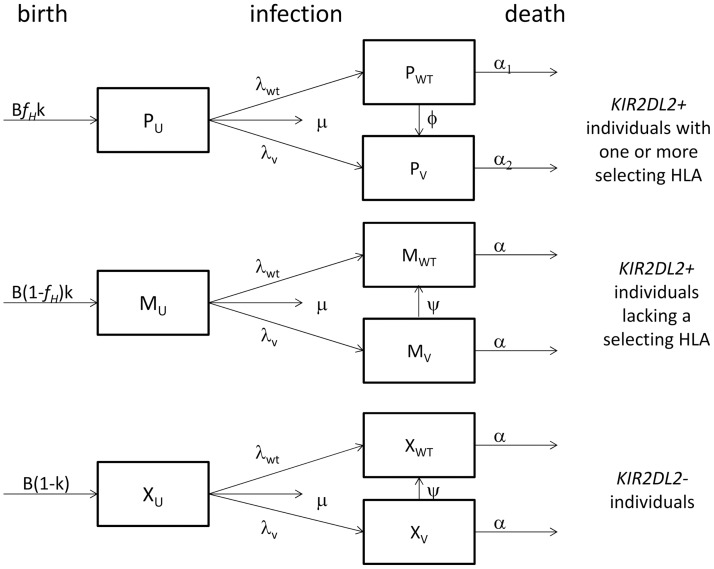Fig 1. Schematic representation of the mathematical model used to describe viral evolution.
We consider the dynamics of wildtype (WT) and variant (V) virus infection in a population of KIR2DL2+ selectors (P), KIR2DL2+ non-selectors (M) and KIR2DL2– individuals (X). HIV-1-negative individuals (subscript U), are born at rate B and can become infected with either WT or V (λWT and λV respectively), at a rate depending on the prevalence of each strain in the total population. The fraction of KIR2DL2+ people in the total population is k and the frequency of selecting HLAs is fH. In KIR2DL2+ selectors, virus can escape from WT to V, in the other two groups V strains can revert to WT. Uninfected individuals die at a rate μ and HIV-1-infected individuals die at an increased rate α.

